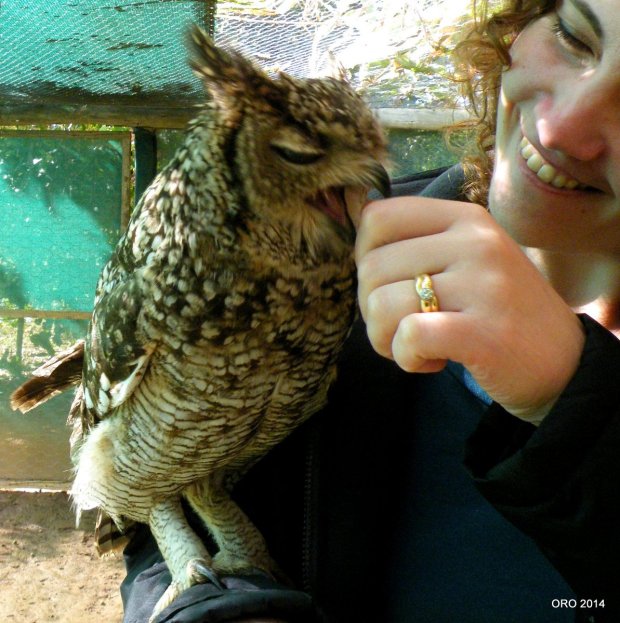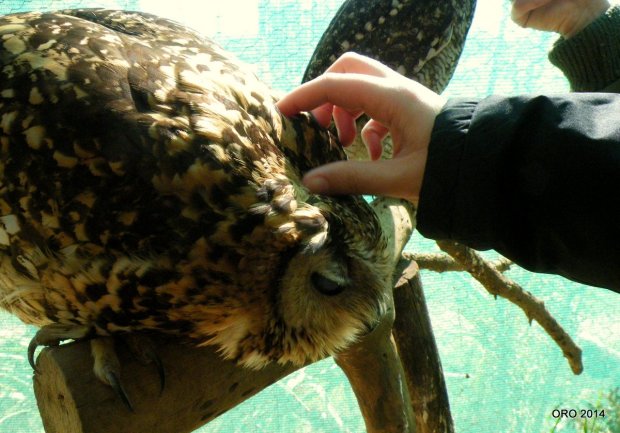 Yesterday I was busy with something and the little man showed me a find. He was pretty excited about the find, because the birdie he saw was the first one he could mimic. Fortunately this expanded to other sounds, because these actually make pretty annoying sounds.
Yesterday I was busy with something and the little man showed me a find. He was pretty excited about the find, because the birdie he saw was the first one he could mimic. Fortunately this expanded to other sounds, because these actually make pretty annoying sounds.
He was pointing at the bird and wanted me to confirm that is was in fact a Hadeda Ibis. I said yes, and he watched the Hadeda hunting for worms in the grass.

 Annoying as they are, and no friend with an infant in the house. They have this thing of calling each other, constantly in communication in flight or when separated. So at nap times I ran out like I have lost my marbles chasing them away by throwing rocks and jumping up and down. After the first 6-8 months they took the hint and we saw them less and less, but they are back again and luckily less of an issue for the napping toddler.
Annoying as they are, and no friend with an infant in the house. They have this thing of calling each other, constantly in communication in flight or when separated. So at nap times I ran out like I have lost my marbles chasing them away by throwing rocks and jumping up and down. After the first 6-8 months they took the hint and we saw them less and less, but they are back again and luckily less of an issue for the napping toddler.

 Boeta stood there watching the bird and he now enjoys their presence with all the other birds that come to look for seeds in the garden. In fact the putting seeds out for the birds has become a high point for the little man.
Boeta stood there watching the bird and he now enjoys their presence with all the other birds that come to look for seeds in the garden. In fact the putting seeds out for the birds has become a high point for the little man.
 We saw the Hadeda getting one worm and he seemed to have targeted another, but was left empty “billed”.
We saw the Hadeda getting one worm and he seemed to have targeted another, but was left empty “billed”.


 Boeta also pointed out a Black-headed Heron that was sitting on a high point a few houses down.
Boeta also pointed out a Black-headed Heron that was sitting on a high point a few houses down.
 We love his pure excitement when he sees birds and other wildlife for that matter, something we make a point to react on immediately when we see he is excited, making us excited in return. Fun!
We love his pure excitement when he sees birds and other wildlife for that matter, something we make a point to react on immediately when we see he is excited, making us excited in return. Fun!







































































